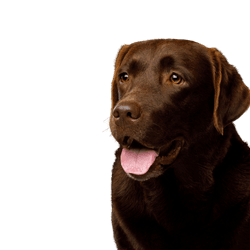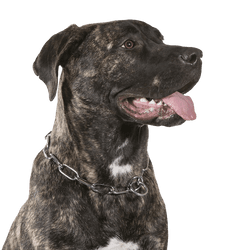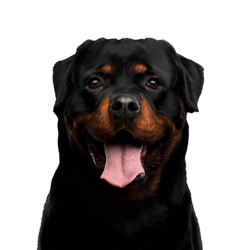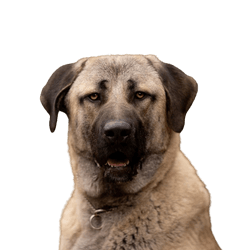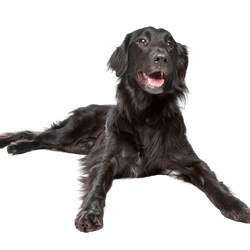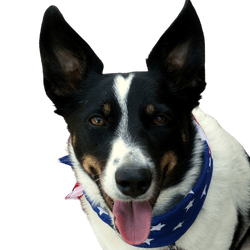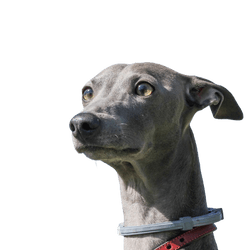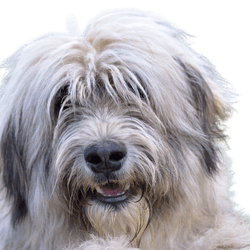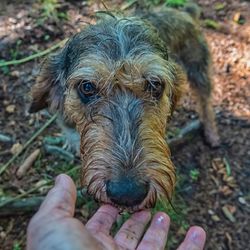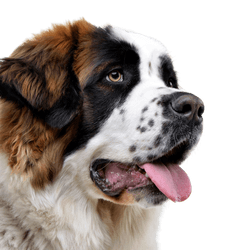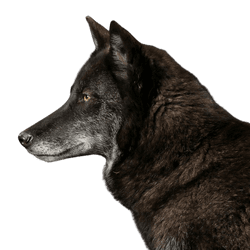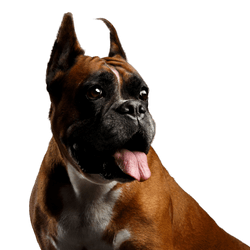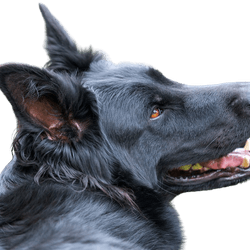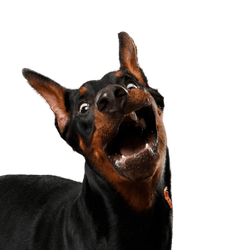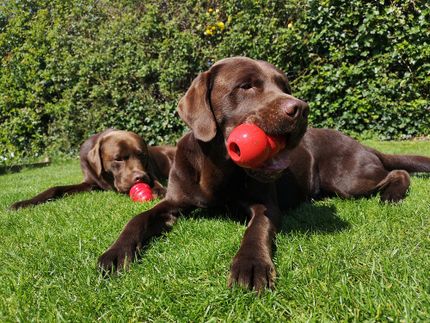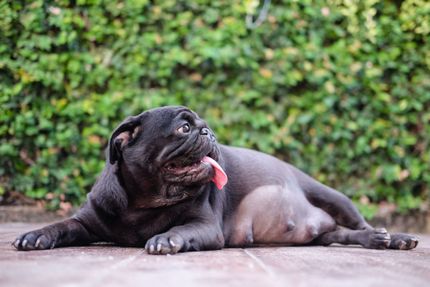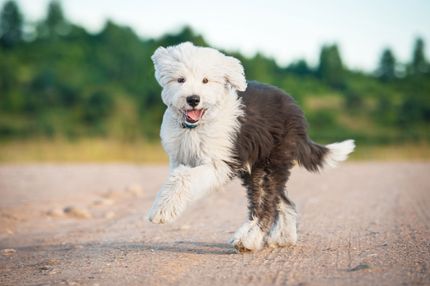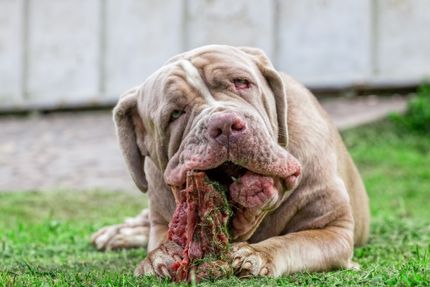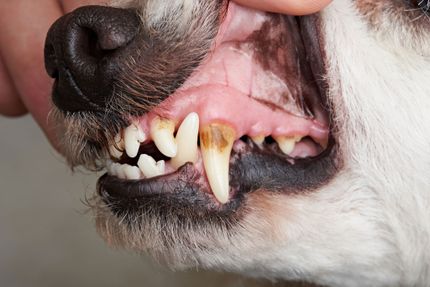
Malinois Breed description: Character & Co
Malinois
Facts & Origin
What is the origin of the Malinois?
The Malinois or Mechelaar is often colloquially referred to as Belgian Shepherd, although it is only one of four varieties of the Belgian Shepherd. Other possible varieties are the Tervueren, the Groenendael and the Laekenois or Laeken. These are distinguished by the different qualities of coat. The Malinois has a short coat, while Tervueren and Groenendael are long-haired and Laekenois are rough-haired.
The name of the Malinois is derived from the city of Mechelen in the Belgian province of Antwerp, which is called Malines in French and Mechelaar in Flemish, the Belgian Dutch.
The correct Malinois pronunciation is much less known than the breed itself. Since it is a French word, Malinois is pronounced in French: [ˈmælɪnˌwɑː].
The Belgian shepherd dog was only recognised as a breed around 1900. Since then, the four varieties have been bred alongside each other or at first through crossbreeding. However, the Malinois is the best known and most popular of the Belgian shepherd dogs.
Originally, they were used for the different kinds of work that comes with herding sheep and cattle and also served as a watchdog, draught and cattle dog, which emphasises its intelligence and joy of working but also its physical ability.
What are the breed characteristics of the Malinois?
Just like the other three varieties of the Belgian shepherd dog, the Malinois is recognised by the FCI, the Fédération Cynologique Internationale.
The FCI lists all four varieties under the standard number fifteen and defines the breed standard of Belgian Shepherds' dogs in terms of character and appearance.
Special features of the Malinois
The Malinois is not considered a list dog and may therefore be kept in Germany and Austria without specified conditions like a certificate of competence or a "dog handler license" or similar. In Switzerland they are on the list of dangerous dogs.
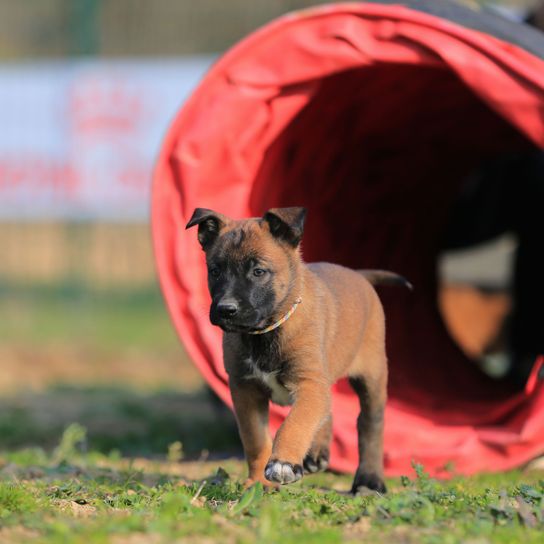

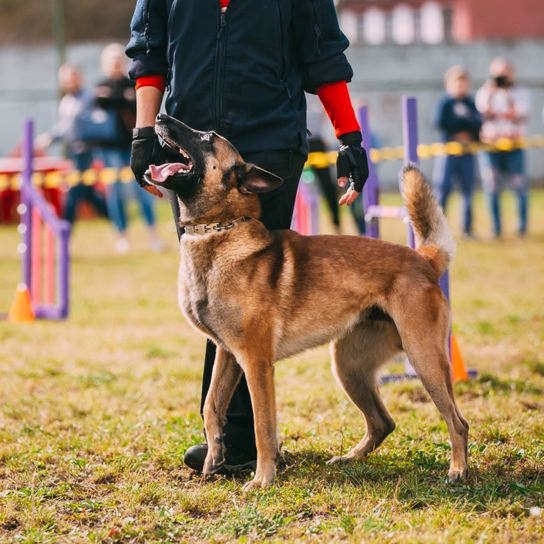

| Alternate Name | Machelaar, Belgian Malinois |
| Origin | Belgium |
| Life expectancy | 12 - 14 years |
| Care requirements | low-maintenance |
| Activity level | high |
| FCI group | Sheepdogs |
| AKC group | Herding Group |
| KC group | Pastoral Group |
Malinois mixes
Attitude, character and temperament of the breed
What are the typical characteristics of the Malinois?
The Malinois is very lively and willing to work by nature. They defend their master and court instinctively and passionately, which makes them an attentive and well-suited watchdog. They also perform other tasks with dedication and are quick to react. But their temperament can also get the better of them, when this intelligent dog is not challenged enough.
Even though the Malinois has a relatively low stimulus threshold, it is neither fearful nor aggressive.
Keeping of the Malinois
If you decide to buy a Malinois, you should be aware that it is a dog that needs to be physically and mentally stimulated. Short walks are not enough to make the most out of their potential. If you are active and you enjoy joint activities and sports, then the Malinois is a great and loyal partner.
Use of the Malinois
Originally, the Malinois was used as a shepherd and cattle dog. They were used to protect herds and keep them together and lead them, for example, to take them to the meadow or even to the slaughterhouse. Because of their physical strength they were even used to pull carts etc.
Nowadays, the Malinois has established itself as a working and service dog. They are very popular and known for their work as police dogs and service dogs for customs. Since they are not as big as for example the German shepherd dog, and therefore more agile and faster, they are partly preferred over other breed types.
Because of their extraordinary athletic qualities they are used very gladly and successfully in dog sports such as Agility, Flyball, Obedience Training or Dog Dancing.
When they are physically and mentally exhausted, the Malinois is also a great family dog, playful and cuddly, with a strong attachment to its family.
Character
Usage
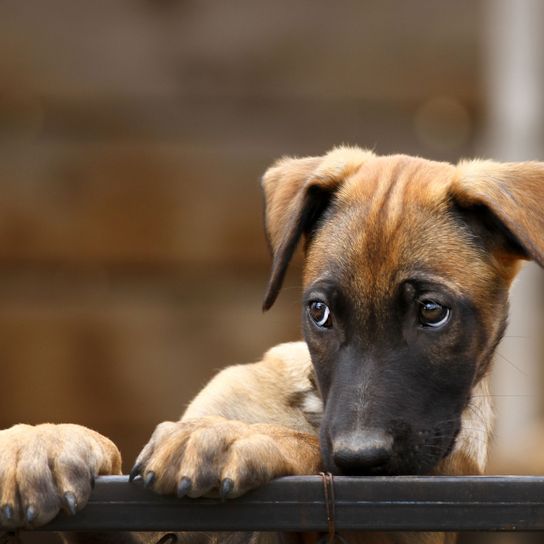
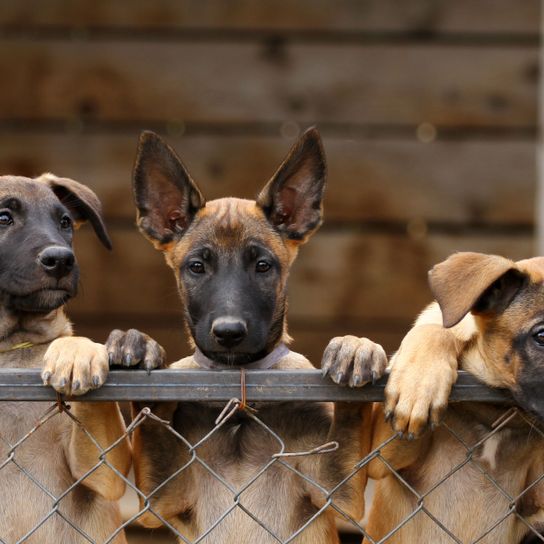
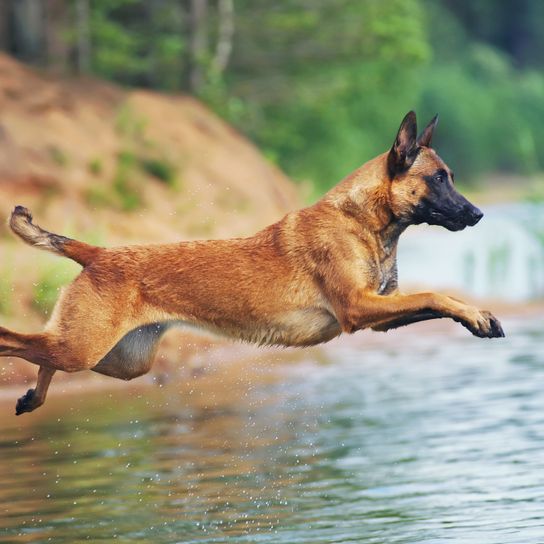
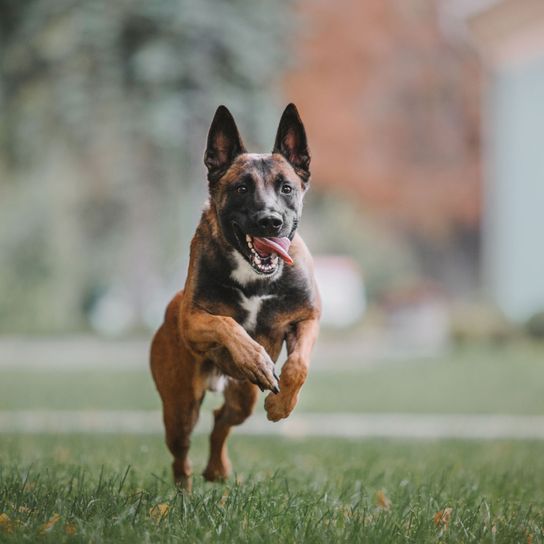

Health and breeding information
What are typical diseases of the Malinois?
The Malinois is considered a relatively robust dog breed that generally do not get overbred. There are no known breed-typical diseases, but due to their mostly strong physical and sportive performances and strains, wear and tear of the joints etc. can occur in the long run and in old age.
What is to be considered when breeding Malinois?
All serious Malinois breeders are concerned about a stable character of their dogs. Above all, they attach great importance to a neither fearful nor aggressive character and socialising the puppies well.
If you want to buy a Malinois, you should first find out exactly who the breeder is in order to avoid overbred, sick or not well socialised puppies.
If pedigree and papers are not important to you, a Malinois in distress would be an option. There are several organisations and clubs that mediate lost and found dogs, shelter dogs or Malinois that are given away for other urgent reasons.

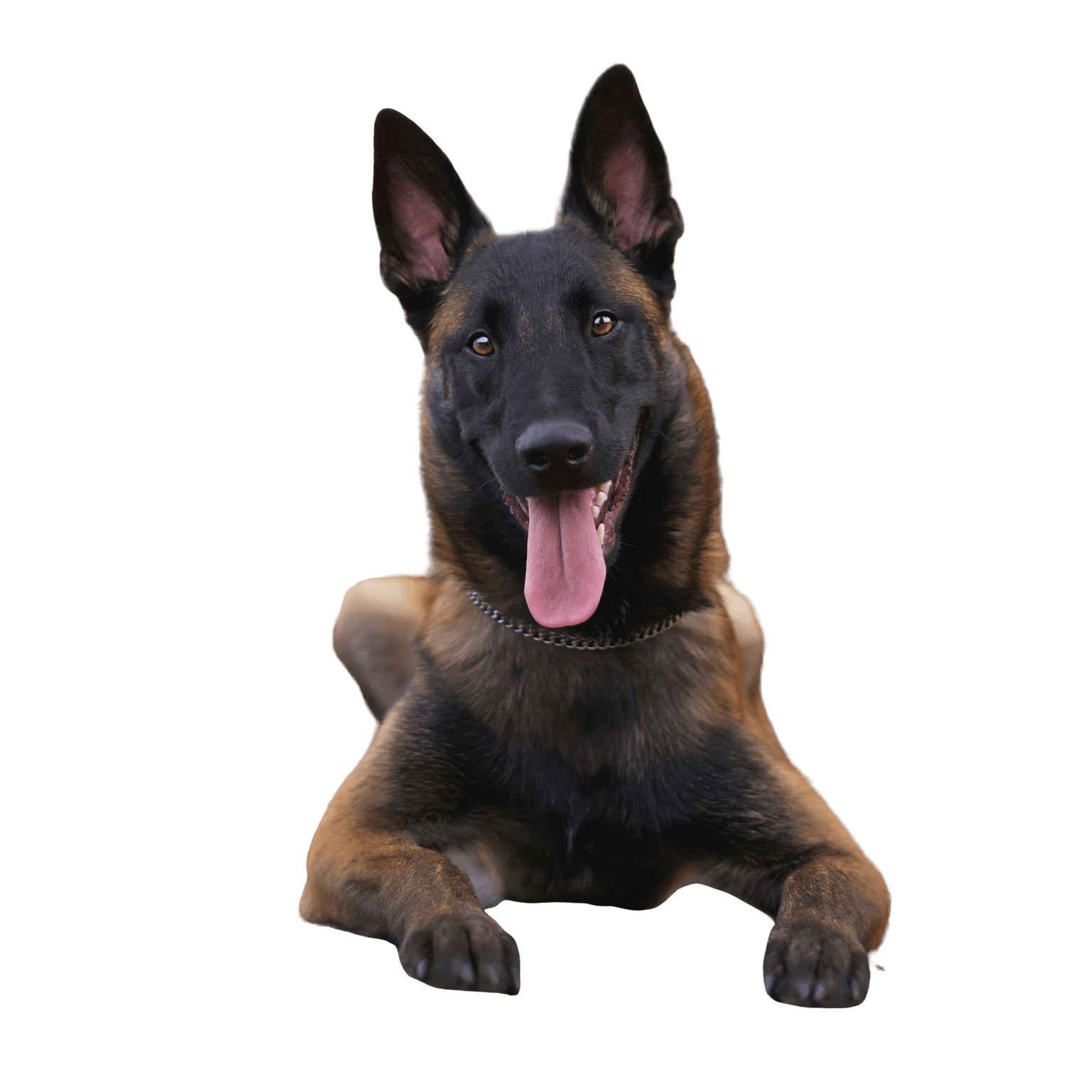
Appearance and coat of the Malinois
Due to its physique, the Malinois appears very slim and sporty.
It is the only variety of the Belgian Shepherd Dog that has a short coat. Regarding their coat colour only the colour fawn with black clouding - i.e. with black hair tips - is permitted in the Malinois breedig. The mask must also be black and also very distinct. This means that the skin must be pigmented black at least on the upper and lower lip, on the upper eyelids and on the ears. Ideally, the corners of the lips and the lower eyelids should also be black, so that a uniform black appearance is obtained.
On their paws and on the front of their chest some white colouring is permitted.
As the Malinois has a smooth and short coat, you do not have to groom it too often. Occasional combing or brushing is quite sufficient.
How big does a Malinois get?
The Malinois is considered a big type of dog.
The average desired size, measured at the withers, is 58 cm for bitches and 62 cm for males. Deviations of 4 cm more or 2 cm less are tolerated.
How much does a Malinois weigh?
In relation to its body size, the Malinois is a relatively slim and light dog.
The desired weight lies between 20 and 25 kg for bitches and between 25 and 30 kg for males.
What is the average age of a Malinois?
The average life expectancy of a Malinois is 12 to 15 years.
| Fur length | short |
| Fur | flat coated |
| Ear shape | Standing Ears |
| Tail | lang |
| Anatomy | sporty |
| Size ♀ | 56 - 61 cm |
| Weight ♀ | 25 - 30 kg |
| Size ♂ | 61 - 66 cm |
| Weight ♂ | 29 - 24 kg |
| Suitable For | - |
Colors
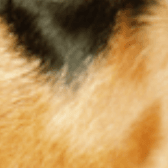
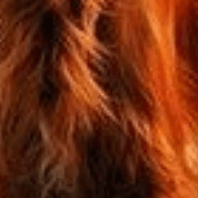
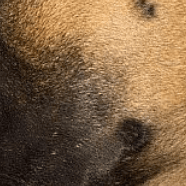



FAQ
-
Yes, the Malinois is considered dangerous in Switzerland and is on the list. He can sometimes be called a fighting dog, but he is not.
-
With good, very regular exercise and a lot of dog sports or agility, the Belgian Shepherd can also be suitable as a family dog. In principle, however, he is a working dog.
-
A Belgian shepherd dog, Malinois, costs about 2000 euros.
Other large dogs
Useful Articles
You can find articles that might interest you in the dogbible blog to match your favorite breed.
Visit our magazineto stay up to date on dog trends.
To find out more, view our Privacy Policy
Find here the breed that suits you and find out what character traits it has. Here you can also learn more about the origin, size and weight of your favorite breeds.
Matching your favorite breed, you'll find articles that might interest you on the dogbible dog blog.
5 tips for holidays with dog in Austria
Dog and zodiac sign - which breed suits your zodiac sign?
Working dogs - a description of the use of dogs in professional life
Dogs at the wedding - here's how you can incorporate your favorite one




